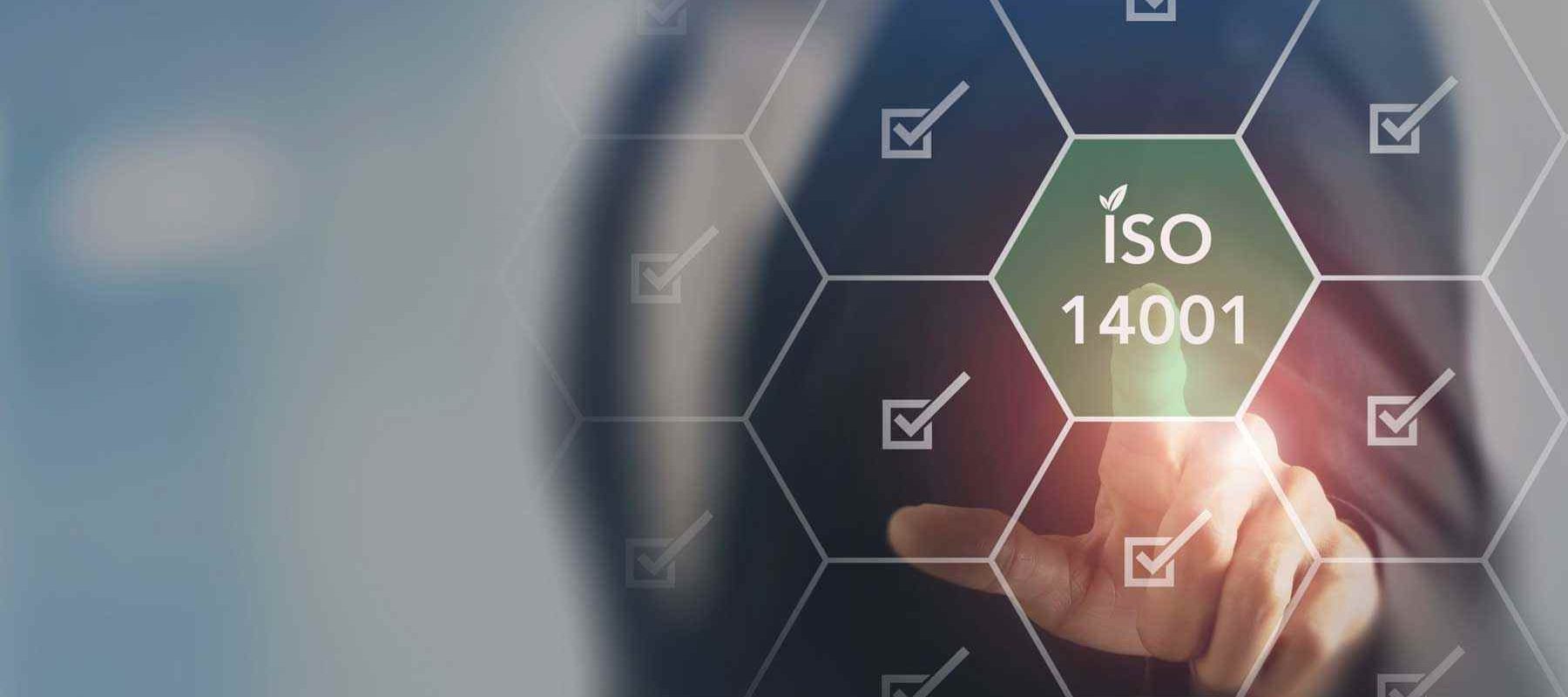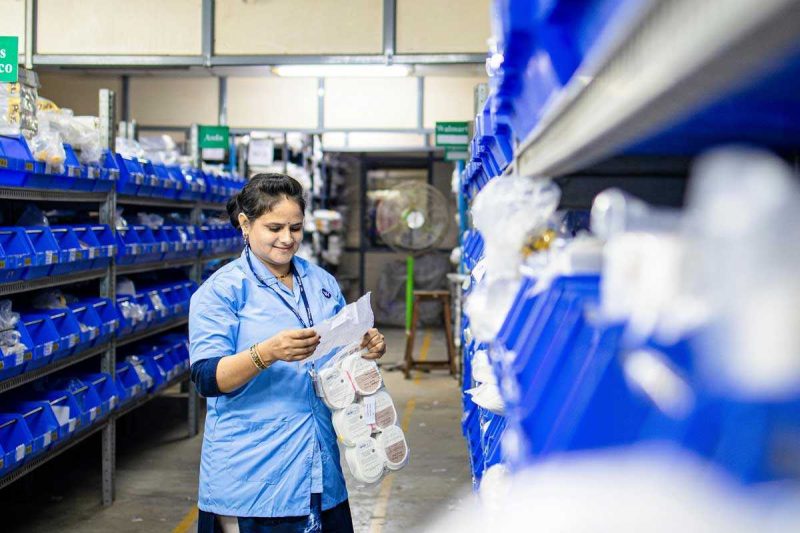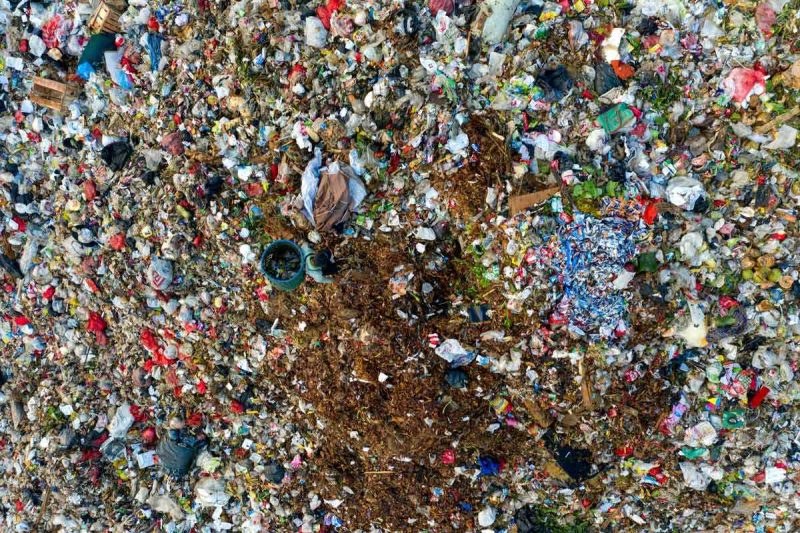
Businesses across all industries are under increasing pressure to demonstrate strong environmental performance and responsible practices. ISO 14001, the international standard for Environmental Management Systems (EMS), provides a proven and globally recognised framework to achieve this.
At JLB, we specialise in developing management systems that align with many ISO standards, including ISO 14001 certification. While we don’t certify companies directly, we ensure our clients have an Environmental Management System that is practical, effective, tailored to the business, and streamlined for certification by an independent third-party certification body.
More importantly, an EMS isn’t just about meeting compliance requirements; instead, it’s a powerful tool to drive long-term sustainability and business value.
What ISO 14001 Certification Means for Business Sustainability
ISO 14001 certification helps organisations take a structured approach to managing their environmental responsibilities. Instead of treating sustainability as an afterthought, the Environmental Management System standard places it at the heart of how businesses operate.
An EMS aligned with ISO 14001 provides:
- Reduced resource use and operational waste.
- Improved efficiency across systems and processes.
- Stronger trust with customers, regulators, and stakeholders.
- Greater resilience against regulatory and environmental risks.
By developing a suitable EMS, businesses not only protect the environment but also future-proof their operations and establish a sustainable foundation for growth.
How an EMS Drives Long-Term Value
A well-developed Environmental Management System delivers tangible benefits that extend beyond compliance, helping businesses position themselves for sustained business growth and success.
Operational Efficiency
By monitoring and enhancing resource use, an EMS helps businesses reduce their environmental footprint while making daily operations more efficient. This emphasis on efficiency often uncovers hidden issues like unnecessary energy use, excess material waste, or redundant steps. The outcome is a leaner, more productive organisation where resources are allocated wisely and processes operate more smoothly. Over time, these gains free up both financial and human capital, enabling businesses to reinvest in innovation, broaden their services, or scale more effectively—all supporting long-term growth.
Cost Savings
Less waste and better resource management translate directly into reduced operational costs. For example, cutting back on energy use, minimising packaging, or optimising logistics can have an immediate effect on the bottom line. But beyond the immediate savings, these cost efficiencies compound year after year, making the business more financially resilient and freeing up cash flow for strategic initiatives. Businesses that achieve consistent savings through their EMS are better positioned to invest in research, staff development, or market expansion, turning business sustainability measures into a driver of profitability and long-term growth.
Risk Management
An Environmental Management System helps businesses identify environmental risks early, from regulatory non-compliance and potential fines, to supply chain disruptions caused by climate-related events. Proactively managing these risks not only prevents financial and reputational damage but also strengthens stakeholder confidence. Customers, investors, and regulators all value businesses that demonstrate foresight and responsibility. By reducing vulnerabilities, businesses can operate with greater stability, creating a stronger foundation for growth and ensuring continuity even in changing market or environmental conditions.
Competitive Advantage
Being ISO 14001 certified is increasingly becoming a requirement in contracts and tenders, especially in industries with strict requirements, regulatory obligations, or a desire to reduce supply chain vulnerabilities. Businesses that can demonstrate environmental responsibility by having ISO 14001 certification stand out in competitive markets, often gaining access to new customers, markets, or partnerships. Beyond compliance, ISO 14001 certification also strengthens a company’s brand reputation, positioning it as a leader in business sustainability. This differentiation can open doors to long-term business opportunities, foster customer loyalty, and help attract talent—all of which are vital for sustained business growth and success.
Employee Engagement
Staff pride in working for an environmentally responsible organisation boosts morale, loyalty, and productivity. An ISO 14001 EMS encourages employee participation in sustainability, from waste reduction to sharing ideas for efficiency. Inclusion fosters innovation and shared responsibility, linking employees to the mission and long-term success. Engaged staff tend to stay, lowering turnover, and their enthusiasm drives operational improvements and growth. Over time, a motivated workforce becomes a vital asset, helping the organisation adapt and thrive.

From Compliance to Strategic Advantage with ISO 14001
For many businesses, the first step toward developing an environmental management system is meeting compliance obligations. But once the system is in place, it quickly becomes clear that the benefits go much further.
ISO 14001 certification isn’t just about following regulations. It enables organisations to set and achieve environmental goals that align with broader business strategies. This supports corporate social responsibility (CSR) programs and environmental, social, and governance (ESG) commitments, while also strengthening the brand’s reputation in the marketplace.
When embedded properly, an EMS can transform from a compliance requirement into a strategic advantage.
JLB’s Role in EMS Development
At JLB, our role is to help businesses develop environmental management systems that are practical, tailored, and aligned with ISO 14001. We work closely with clients to:
- Identify key environmental aspects and impacts.
- Build policies, procedures, and objectives that reflect the business’s unique operations.
- Integrate the EMS with other management systems if needed, such as ISO 9001 (Quality) or ISO 45001 (Work Health & Safety), to develop an integrated management system
- Prepare the organisation for a smooth, successful certification process with an external body.
Our focus is on making the EMS not just certification-ready, but also valuable for your day-to-day operations.

Case for SMEs and Larger Organisations
It’s a common misconception that ISO 14001 is only relevant for large corporations, whereas in reality, businesses of all sizes can benefit from an environmental management system.
- For SMEs, developing an EMS can lead to immediate savings in energy and resource use, while improving credibility with larger customers who often require ISO 14001 compliance in their supply chain.
- For larger organisations, an EMS strengthens corporate reputation, ensures ongoing compliance with complex regulations, and supports sustainability reporting obligations.
In both cases, the system can be scaled to suit the size and complexity of the business while delivering measurable value. An ISO 14001 certified environmental management system is more than just a compliance tool—it’s a pathway to business sustainability, efficiency, and long-term growth.
At JLB, we’ve helped organisations across industries develop EMS frameworks that not only meet ISO 14001 requirements but also deliver real-world benefits for their businesses. With the right system in place, businesses can reduce risks, unlock opportunities, and demonstrate their commitment to a sustainable future.
If your organisation is ready to explore the benefits of an ISO 14001 Environmental Management System, speak with JLB. Our expertise in management system development will ensure your EMS is robust, practical, and built to support your long-term success
